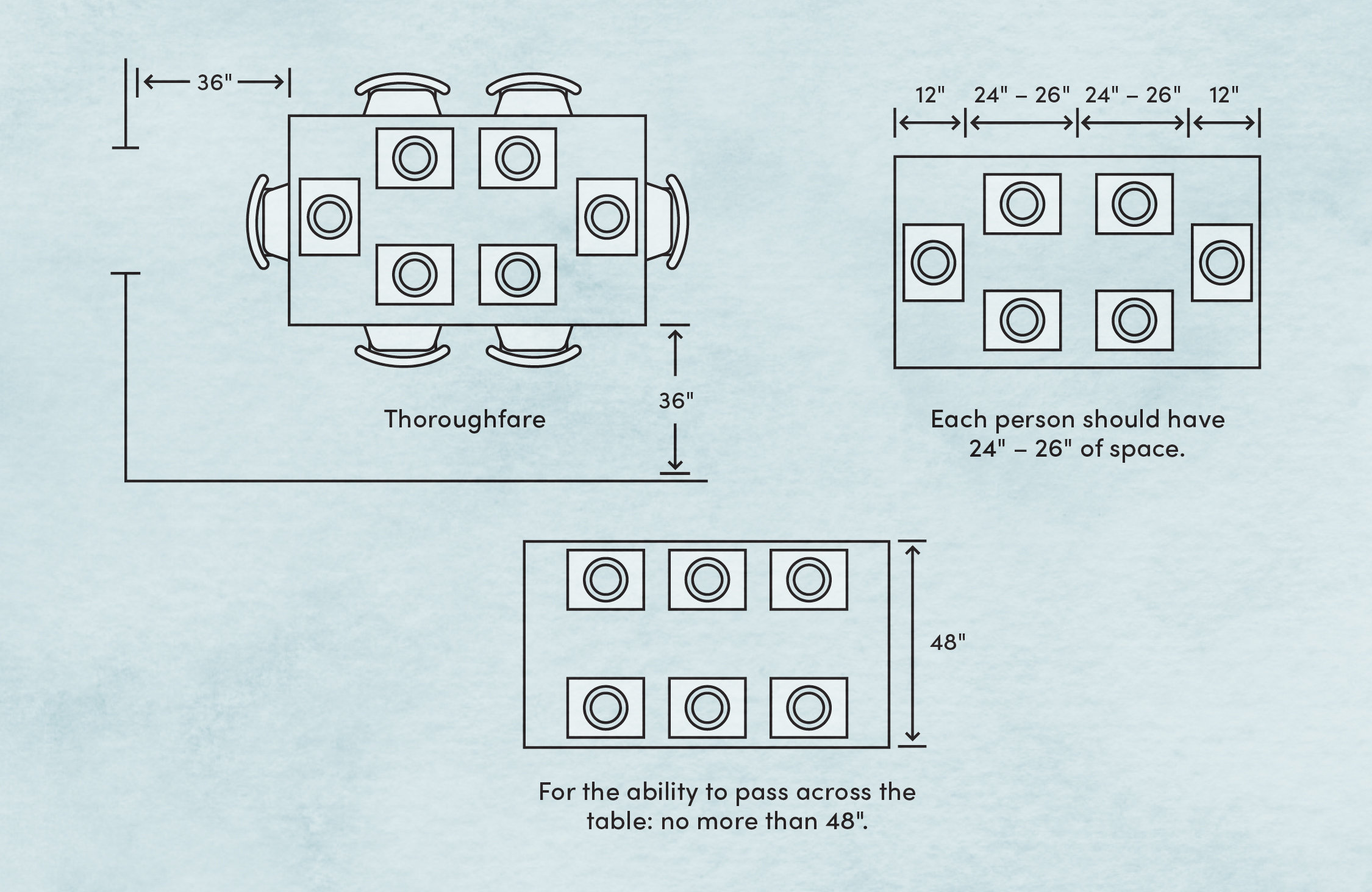Adding a TV over your dining room table can be a great way to combine entertainment with dining. Here are some creative ideas for incorporating a TV into your dining room space. Idea 1: Create a suspended TV display Instead of mounting your TV directly above the dining room table, consider suspending it from the ceiling. This unique setup not only saves space but also adds a modern and stylish touch to your dining area. To make it even more eye-catching, you can use LED strip lights to frame the TV and add a pop of color. Idea 2: Incorporate a TV into a gallery wall If you have a gallery wall in your dining room, why not include a TV as one of the pieces? This works especially well if your TV is framed or if you have a decorative TV cover that can blend in with the other artworks. It's a great way to make your TV blend seamlessly into the room's decor. Idea 3: Use a TV stand as a room divider If your dining room and living room are connected, you can use a TV stand as a room divider. This creates a defined space for dining while also allowing you to enjoy your favorite shows while you eat. Look for a statement TV stand that can serve as a decorative piece in both areas. Idea 4: Install a TV in a built-in bookshelf If you have built-in bookshelves in your dining room, consider installing a TV in one of the shelves. This allows you to keep your TV hidden when not in use and adds a cozy and sophisticated touch to your dining area. You can also add some decorative items or books around the TV to make it blend in with the rest of the shelves.TV over dining room table ideas
When it comes to placing a TV above your dining room table, there are a few things to keep in mind to ensure a comfortable and enjoyable viewing experience. Height The ideal height for a TV above a dining room table is between 42-48 inches. This ensures that the TV is not too low, obstructing your view while you eat, but also not too high, causing neck strain. If possible, adjust the height of your TV mount to fit within this range. Distance The distance between the TV and the dining table is also important. You want to make sure that the TV is not too far away that you have to squint to see it, but also not too close that you're craning your neck to watch it. A good rule of thumb is to have the TV about 8-10 feet away from the dining table. Lighting Consider the lighting in your dining room when deciding on the placement of your TV. You want to avoid glare and reflections on the TV screen, so make sure to position it away from windows or bright lights. You can also add curtains or blinds to control the amount of light in the room.TV placement above dining room table
Mounting your TV over the dining room table is a popular choice for many homeowners. It not only saves space but also creates a sleek and modern look in the room. Here are some tips for mounting your TV over the dining room table. Choose the right TV mount Make sure to choose a TV mount that can support the weight of your TV. You don't want your TV coming crashing down while you're enjoying your meal. Also, consider a mount that allows you to adjust the height and angle of the TV for optimal viewing. Hide the cords One of the downsides of mounting a TV over a dining room table is the unsightly cords that can hang down. To keep them out of sight, you can use a cable management system to neatly tuck them away. You can also use a decorative cover or cord concealer to camouflage them. Add a decorative touch Just because your TV is mounted above the dining room table doesn't mean it has to be an eyesore. You can add a decorative frame around the TV or use decorative panels to make it look like a piece of artwork. This will help it blend in with the rest of the room's decor.TV mounted over dining room table
Having a TV over your dining room table doesn't mean sacrificing style and decor. Here are some ways to incorporate your TV into your dining room decor. Use a decorative TV cover If you want to keep your TV hidden when not in use, consider using a decorative TV cover. These covers come in various designs and can easily blend in with your dining room decor. You can also add a decorative frame around the TV to make it look like a piece of art. Incorporate plants Plants are a great way to add a natural and organic touch to your dining room. You can place some potted plants on the TV stand or shelves around the TV to soften its appearance and add some greenery to the room. Add decorative shelves If you have a TV stand or shelving unit under your TV, you can use it as an opportunity to add some decorative items. You can display vases, candles, or other decorative pieces to add some personality to the space.TV over dining room table decor
As mentioned earlier, the ideal height for a TV over a dining room table is between 42-48 inches. However, this can vary depending on the size of your TV and the height of your dining table. Here are some tips for finding the perfect height for your TV. Use your eye level as a guide When sitting at your dining table, your eyes should be level with the center of the TV screen. This will ensure that you're not straining your neck while watching TV. Use a measuring tape to determine the distance from the floor to your eye level and adjust the height of your TV accordingly. Consider the size of your TV The size of your TV can also affect the height at which it should be mounted. A larger TV may need to be mounted higher to avoid obstructing your view, while a smaller TV can be mounted lower without causing any discomfort. Test it out The best way to determine the ideal height for your TV is to test it out. Mount your TV at different heights and sit at your dining table to see which one feels most comfortable and provides the best viewing experience.TV over dining room table height
Incorporating a TV into your dining room design requires some careful consideration to achieve a cohesive and stylish look. Here are some tips for designing your dining room with a TV over the table. Choose a TV that fits the space The size and design of your TV should complement the size and style of your dining room. For a smaller dining room, consider a smaller TV that won't overpower the space. In a larger dining room, you can opt for a bigger TV as long as it doesn't look out of place. Coordinate with existing decor Your TV doesn't have to stick out like a sore thumb in your dining room. Try to coordinate its design with the rest of the room's decor. If you have a modern dining room, consider a sleek and minimalistic TV design. For a more traditional dining room, a framed TV or a decorative cover can blend in seamlessly. Consider the viewing angle When designing your dining room with a TV, make sure to consider the viewing angle from different areas of the room. You want to make sure that everyone at the table has a good view of the TV, so avoid placing it in a corner or against a wall that obstructs the view.TV over dining room table design
Lighting is an important aspect to consider when it comes to placing a TV over a dining room table. Here are some tips for incorporating lighting into your TV setup. Use dimmable lights Dimmable lights are essential for a TV setup as they allow you to adjust the brightness of the room according to your needs. You can dim the lights when watching TV to reduce glare and reflections on the screen, and then brighten them up for dining. Install recessed lighting If you have a suspended TV display, you can install recessed lighting around the TV to create a cozy and intimate atmosphere. This will also help to highlight the TV as a focal point in the room. Consider natural lighting If your dining room has windows, you can use natural light to your advantage. Place the TV in a way that avoids direct sunlight on the screen. You can also use sheer curtains or blinds to filter the natural light and prevent glare on the TV.TV over dining room table lighting
The size of your TV is an important factor to consider when placing it over a dining room table. Here are some tips for choosing the right size TV for your dining room. Measure the space Before buying a TV, measure the space above your dining room table to determine the maximum size you can fit. You want to make sure that the TV is not wider than your dining table as this can look disproportionate. Consider the viewing distance The viewing distance is another important factor when determining the size of your TV. As mentioned earlier, the ideal viewing distance is about 8-10 feet. If your dining table is longer, you may need a larger TV to make sure everyone can see it clearly. Think about the room's layout The layout of your dining room can also affect the size of your TV. If your dining room is open and connected to other areas, consider how the TV will look in relation to the rest of the space. You don't want it to look too small or too big in comparison.TV over dining room table size
The distance between the TV and the dining room table is an important factor to consider for a comfortable and enjoyable viewing experience. Here are some tips for finding the right distance for your TV. Consider the size of your TV The size of your TV can affect the distance at which it should be placed from the dining table. A larger TV may need to be placed further away to avoid strain on the eyes, while a smaller TV can be placed closer without causing any discomfort. Test it out To determine the ideal distance for your TV, test it out. Sit at your dining table and have someone move the TV back and forth until you find the most comfortable distance to watch from. You can also use a TV viewing distance calculator to get an accurate measurement. Take into account the room's layout The layout of your dining room can also affect the distance at which the TV should be placed. If your dining room is narrow, you may need to place the TV closer to the dining table to avoid it looking too far away. In a larger dining room, you can place the TV further away without it looking out of place.TV over dining room table distance
Cable management is essential when it comes to a TV setup over a dining room table. Here are some tips for keeping your cables organized and out of sight. Use a cable management system A cable management system is a great way to keep your cables organized and hidden. You can use a wire organizer to bundle the cables together and keep them neat and tidy. You can also use a cable cover or cord concealer to hide the cables along the wall or furniture. Mount your power strip If you have multiple devices connected to your TV, you may have a lot of cables to manage. Mounting a power strip under the TV can help to keep the cables in one place and prevent them from cluttering the space. Consider a wireless setup If you want to avoid dealing with cables altogether, consider a wireless setup for your TV. You can use a smart TV or a streaming device to access your favorite shows without the need for any cables.TV over dining room table cable management
The Benefits of Having a TV Over Your Dining Room Table

Maximizing Space and Functionality
 In today's world, where space is a valuable commodity, it's important to make the most out of every room in your house.
Having a TV over your dining room table
is a smart and practical way to save space while also adding functionality to your home. Instead of dedicating a separate room for a TV, which can take up a significant amount of space, you can combine it with your dining area, making it a multi-purpose space.
In today's world, where space is a valuable commodity, it's important to make the most out of every room in your house.
Having a TV over your dining room table
is a smart and practical way to save space while also adding functionality to your home. Instead of dedicating a separate room for a TV, which can take up a significant amount of space, you can combine it with your dining area, making it a multi-purpose space.
A Modern and Stylish Addition
 Gone are the days when TVs were considered an eyesore and had to be hidden away in a bulky cabinet. With sleek and slim designs, TVs nowadays are meant to be displayed and can even add to the overall aesthetic of a room.
TVs over dining room tables
have become a popular trend in modern house design, giving an edgy and contemporary look to the space. Plus, with the advancement of technology, you can now find TVs that can double as a piece of art when not in use, adding a touch of sophistication to your dining area.
Gone are the days when TVs were considered an eyesore and had to be hidden away in a bulky cabinet. With sleek and slim designs, TVs nowadays are meant to be displayed and can even add to the overall aesthetic of a room.
TVs over dining room tables
have become a popular trend in modern house design, giving an edgy and contemporary look to the space. Plus, with the advancement of technology, you can now find TVs that can double as a piece of art when not in use, adding a touch of sophistication to your dining area.
Entertainment While Dining
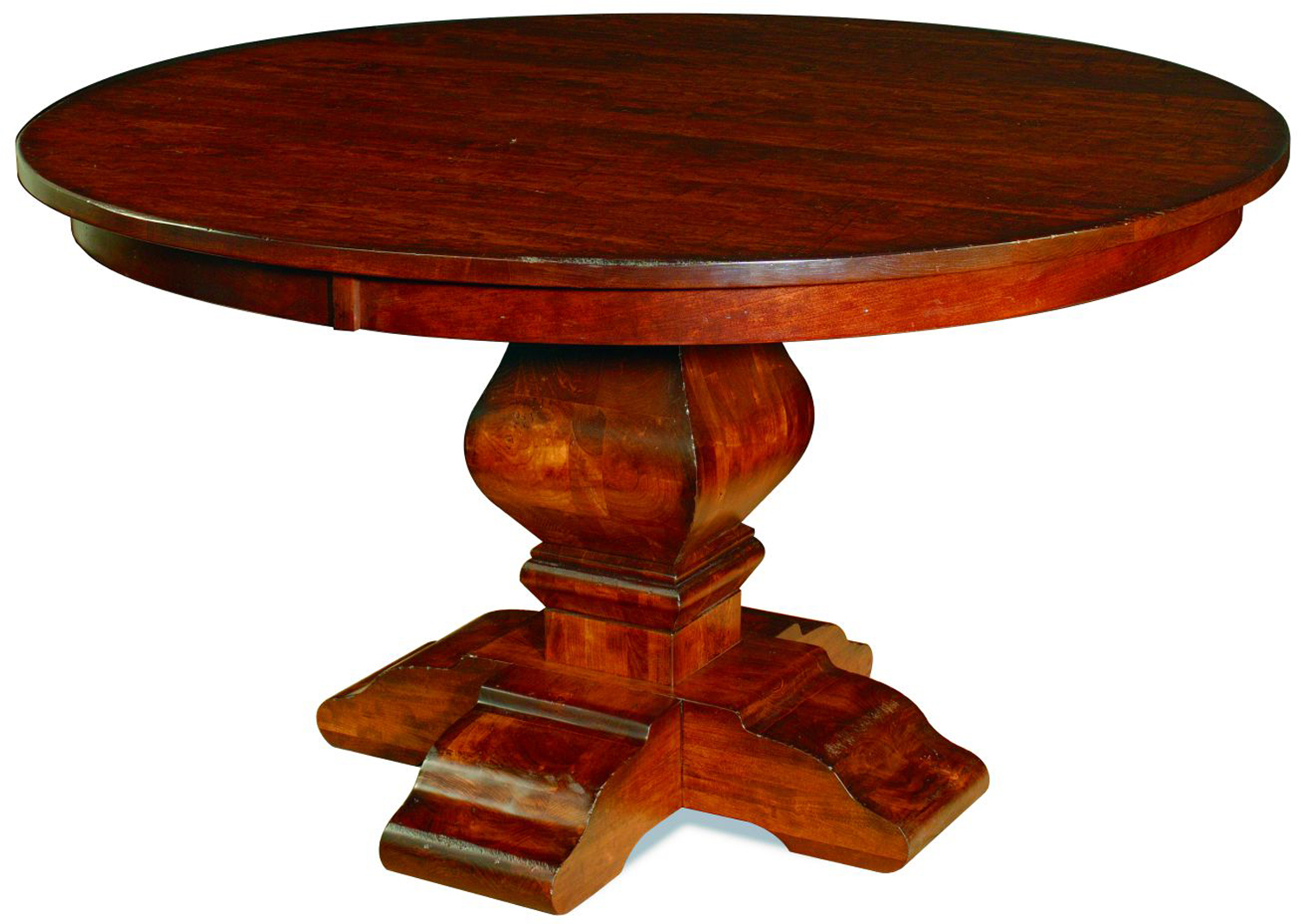 One of the main reasons for having a TV over your dining room table is the convenience and entertainment it provides. Imagine being able to catch up on your favorite show or watch the news while enjoying a meal with your family or friends. It adds a new level of comfort and relaxation to your dining experience, making it more enjoyable and memorable.
One of the main reasons for having a TV over your dining room table is the convenience and entertainment it provides. Imagine being able to catch up on your favorite show or watch the news while enjoying a meal with your family or friends. It adds a new level of comfort and relaxation to your dining experience, making it more enjoyable and memorable.
Creating a Cozy Atmosphere
 Having a
TV over your dining room table
can also help create a cozy and intimate atmosphere. It's perfect for hosting dinner parties or game nights, where you can gather around the table and watch a movie or play a game together. It adds a sense of togetherness and bonding, making your dining area not just a place to eat, but a space for quality time with loved ones.
Having a
TV over your dining room table
can also help create a cozy and intimate atmosphere. It's perfect for hosting dinner parties or game nights, where you can gather around the table and watch a movie or play a game together. It adds a sense of togetherness and bonding, making your dining area not just a place to eat, but a space for quality time with loved ones.
Final Thoughts
 Incorporating a TV over your dining room table is a practical and stylish addition to any home. It maximizes space, adds functionality, and creates a cozy atmosphere while also being a modern and sleek design element. Consider this trend for your next house design project and experience the many benefits it has to offer.
Incorporating a TV over your dining room table is a practical and stylish addition to any home. It maximizes space, adds functionality, and creates a cozy atmosphere while also being a modern and sleek design element. Consider this trend for your next house design project and experience the many benefits it has to offer.




:max_bytes(150000):strip_icc()/dining-room-table-decor-ideas-21-mindy-gayer-marigold-project-6a8c8379f8c94eb785747e3305803588.jpg)















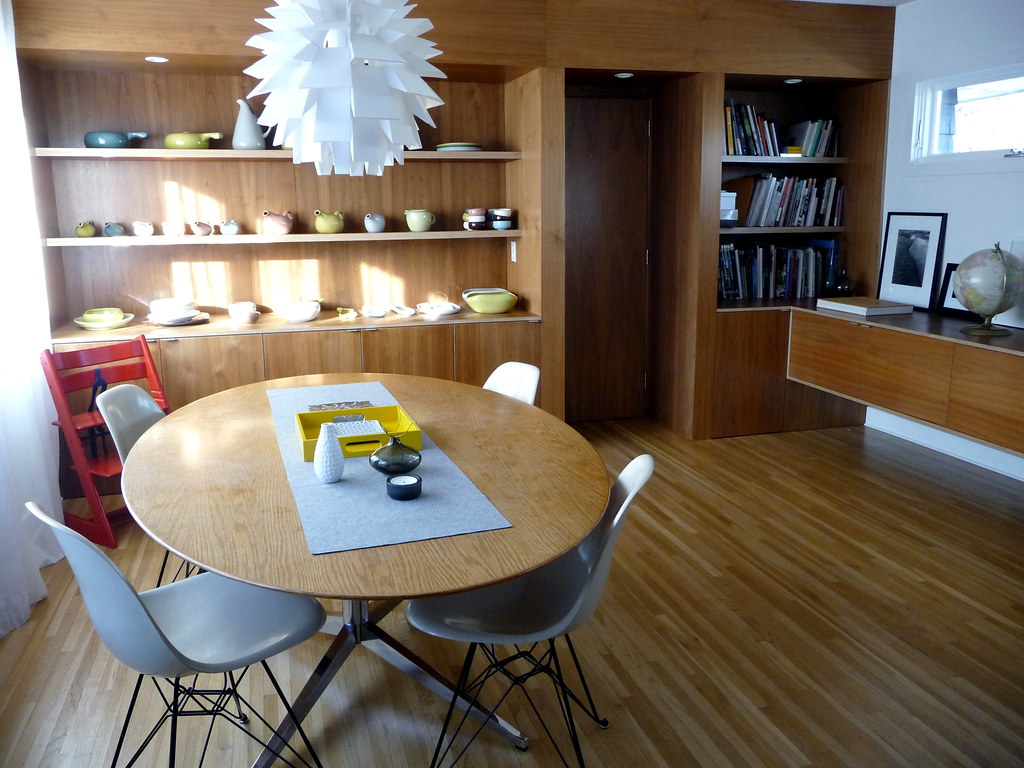









:max_bytes(150000):strip_icc()/dining-room-table-decor-ideas-20-gray-space-5c914379d7404ef9b014139fd034bf5a.jpeg)




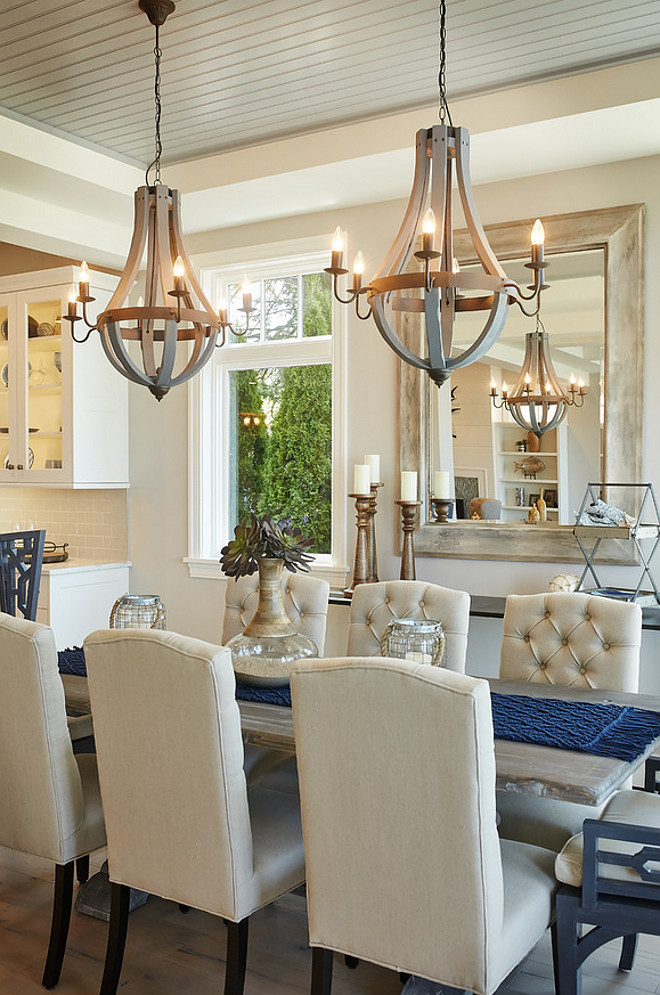



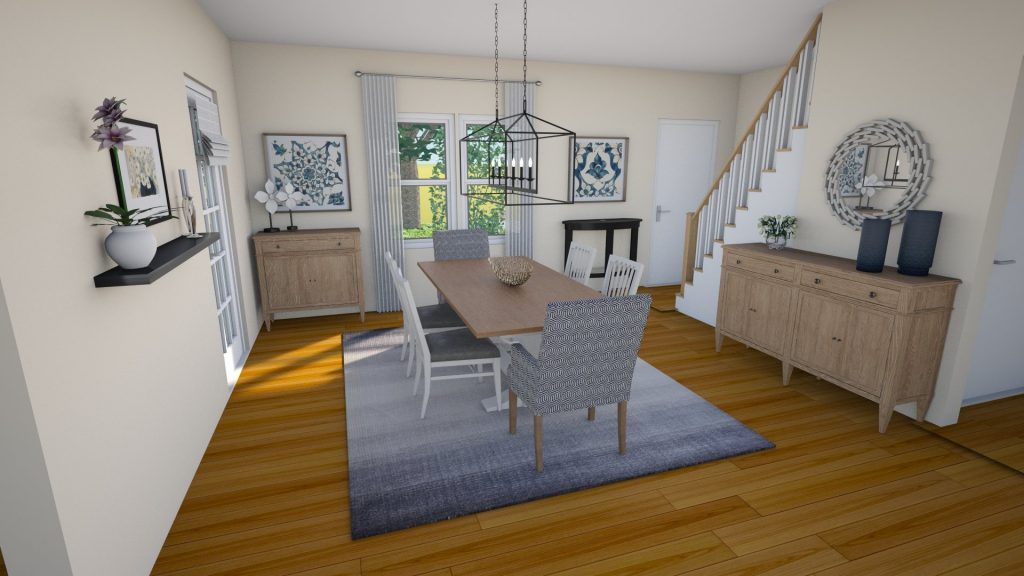









/dining-room-light-fixture-ideas-23-mindy-gayer-windward-55f952166a404e118d22061c51060a95.jpeg)














